Table of content
- Size Matters: Small vs. Large Buns
- Filling Composition: Wet vs. Dry Ingredients
- Dough Preparation: Yeast vs. Baking Powder
- Steamer Type and Heat Source
- Preparing the Dough
- Filling Preparation
- Assembling the Buns
- Steaming Process
- Testing for Doneness
- Undercooked Buns
- Overcooked Buns
- Sticky Bottoms
- Uneven Cooking
- Cold Water Start vs. Boiling Water Start
- Resting Period After Steaming
- Reheating Leftovers
- Classic Cabbage and Carrot Buns
- Spicy Kimchi and Tofu Buns
- Mushroom and Glass Noodle Buns
Vegetable buns, known as vegetable steamed buns or veggie dumplings, are a beloved staple in many cuisines, celebrated for their soft, fluffy texture and healthful filling. Whether you’re a seasoned home cook or a novice in the kitchen, mastering the precise steaming time for these delectable treats is crucial to achieving culinary perfection. This article delves into the science, techniques, and practical tips to ensure your vegetable buns emerge from the steamer perfectly cooked every time.
Understanding the Basics of Vegetable Buns
Before diving into steaming times, it’s essential to grasp the composition of vegetable buns. Typically made from a simple dough of flour, water, yeast (or baking powder), and a filling of chopped vegetables, herbs, and seasonings, these buns are steamed rather than baked or fried. The steaming process gently cooks the dough and filling, preserving moisture and nutrients while creating a tender crust.
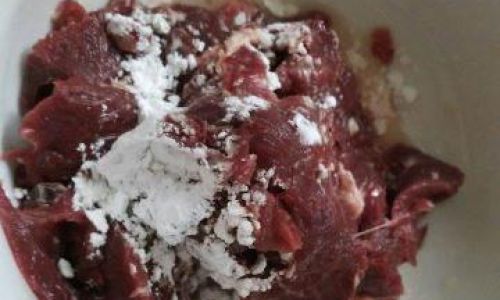
The key variables influencing steaming time include:
- Size and Thickness of the Buns: Larger or thicker buns require more time to cook through.
- Filling Density: Heartier fillings (e.g., cabbage, carrots, mushrooms) may need slightly longer steaming than lighter mixes.
- Dough Type: Yeast-leavened doughs rise during steaming, affecting cooking time.
- Steaming Equipment: Traditional bamboo steamers, metal steamers, and electric steamers vary in heat distribution and efficiency.
Factors Influencing Steaming Time
Size Matters: Small vs. Large Buns
The diameter and thickness of your vegetable buns directly impact steaming duration. Standard-sized buns (about 2–3 inches in diameter) typically require 12–15 minutes of steaming. However, oversized buns or those stuffed with extra filling may need 18–20 minutes to ensure the center cooks without burning the exterior.
Pro Tip: Use a kitchen scale to portion dough evenly. Consistent sizing guarantees uniform cooking.
Filling Composition: Wet vs. Dry Ingredients
Vegetable fillings vary in moisture content. For example:
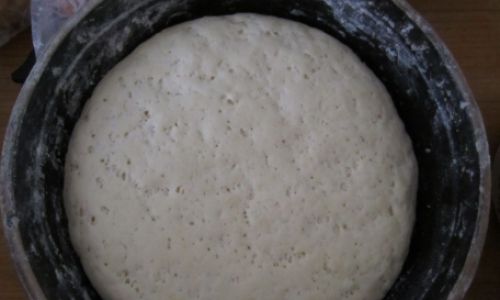
- High-Moisture Fillings (e.g., spinach, zucchini, tofu): These release liquid during steaming, which can soften the dough faster. Reduce steaming time by 1–2 minutes to prevent sogginess.
- Low-Moisture Fillings (e.g., shredded carrots, bell peppers,木耳 (wood ear mushrooms)): These require full steaming time to soften adequately.
Pro Tip: Sauté fillings briefly before stuffing to remove excess moisture and enhance flavor.
Dough Preparation: Yeast vs. Baking Powder
- Yeast Dough: Requires proofing before steaming. The rising process adds airiness but may slightly increase steaming time. Aim for 15–18 minutes.
- Baking Powder Dough: No proofing needed. Cook for 10–12 minutes to avoid overcooking.
Steamer Type and Heat Source
- Bamboo Steamers: Retain moisture well but may require preheating. Add 2–3 minutes to the total time.
- Metal Steamers: Conduct heat faster; reduce time by 1–2 minutes.
- Electric Steamers: Precise temperature control allows for consistent cooking. Follow the manufacturer’s guidelines, typically 12–15 minutes.
Pro Tip: Line your steamer with parchment paper or cabbage leaves to prevent sticking.
Step-by-Step Steaming Guide
Preparing the Dough
- Yeast Dough: Mix flour, water, yeast, and a pinch of sugar. Knead until smooth, then let rise in a warm place for 1–2 hours.
- Baking Powder Dough: Combine flour, baking powder, water, and oil. Knead briefly and use immediately.
Filling Preparation
- Finely chop vegetables (e.g., cabbage, carrots, mushrooms).
- Sauté in oil with garlic, ginger, and soy sauce for 3–4 minutes to mellow flavors and reduce moisture.
- Let cool before stuffing.
Assembling the Buns
- Roll dough into 4-inch circles.
- Place 1–2 tablespoons of filling in the center.
- Pinch the edges to seal, creating pleats if desired.
Steaming Process
- Preheat the Steamer: Bring water to a rolling boil.
- Arrange Buns: Place buns 1 inch apart on a steamer basket.
- Cover and Steam: Reduce heat to medium-high. Set a timer based on size and filling (see chart below).
Testing for Doneness
- Touch Test: Gently press a bun. It should spring back immediately.
- Temperature Check: Insert a thermometer into the center; it should read 190–200°F (88–93°C).
- Visual Cue: The dough will appear translucent, and filling juices may bubble slightly.
Steaming Time Chart
| Bun Size | Filling Type | Steaming Time |
|---|---|---|
| 2 inches | Light (e.g., greens) | 10–12 mins |
| 3 inches | Standard (cabbage, carrots) | 12–15 mins |
| 4 inches | Hearty (potatoes, lentils) | 15–18 mins |
| Mini Buns | Any | 8–10 mins |
Common Mistakes and Solutions
Undercooked Buns
- Symptoms: Dough feels dense; filling is crunchy.
- Fix: Increase time by 2–3 minutes. Ensure water is boiling vigorously before steaming.
Overcooked Buns
- Symptoms: Dough is gummy; filling is waterlogged.
- Fix: Reduce time by 1–2 minutes. Check water level to prevent scorching.
Sticky Bottoms
- Symptom: Buns adhere to the steamer.
- Fix: Use parchment liners or oil the basket lightly.
Uneven Cooking
- Symptom: Some buns are done, others aren’t.
- Fix: Arrange buns in a single layer. Rotate the basket halfway through.
Advanced Techniques for Perfect Buns
Cold Water Start vs. Boiling Water Start
- Cold Water Start: Place buns in a cold steamer, then bring water to a boil. This method allows gradual heating, ideal for delicate doughs. Adds 2–3 minutes to total time.
- Boiling Water Start: Preferred for most recipes. Ensures quick cooking and fluffier texture.
Resting Period After Steaming
- Let buns rest 2–3 minutes after steaming. This allows residual heat to finish cooking and firms the dough slightly, preventing collapse.
Reheating Leftovers
- Steam for 3–5 minutes to revive texture without overcooking.
Vegetable Bun Recipes and Flavor Variations
Classic Cabbage and Carrot Buns
- Filling: Shredded cabbage, carrots, green onions, sesame oil.
- Steaming Time: 12–15 minutes.
Spicy Kimchi and Tofu Buns
- Filling: Fermented kimchi, crumbled tofu, gochujaru (red pepper flakes).
- Steaming Time: 15–18 minutes (due to tofu’s density).
Mushroom and Glass Noodle Buns
- Filling: Wood ear mushrooms, vermicelli noodles, soy sauce.
- Steaming Time: 14–16 minutes.
The Science Behind Steaming
Steaming cooks food via hot vapor, which surrounds the buns evenly. This method:
- Preserves nutrients better than frying or boiling.
- Maintains vibrant colors of vegetables.
- Creates a moist environment, preventing dough from drying out.
The ideal temperature for steaming vegetable buns is 212°F (100°C), the boiling point of water. At this temperature, starch in the dough gelatinizes, creating a soft crust, while proteins in the filling coagulate gently.
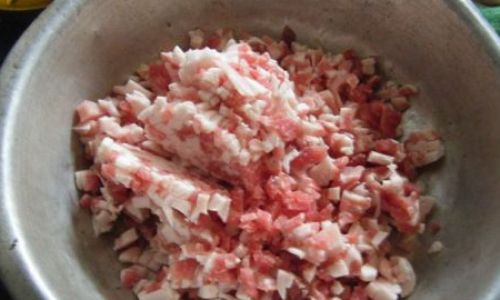
Troubleshooting Guide
| Issue | Cause | Solution |
|---|---|---|
| Soggy Bottoms | Excess moisture in filling | Sauté fillings before steaming |
| Tough Dough | Overkneading | Knead until just smooth |
| Pale Color | Low steaming temperature | Ensure water is boiling |
| Exploded Buns | Overstuffing | Leave ½-inch border when sealing |
Conclusion
Mastering the steaming time for vegetable buns is a blend of art and science. By considering bun size, filling type, dough preparation, and steamer efficiency, you can achieve consistent, mouthwatering results. Remember, practice makes perfect—experiment with timings and techniques to suit your kitchen’s quirks. Whether you prefer classic cabbage buns or adventurous spicy variations, the key lies in patience and attention to detail. So, fire up your steamer, embrace the sizzle of boiling water, and savor the reward of perfectly steamed vegetable buns, cooked to fluffy, aromatic perfection.
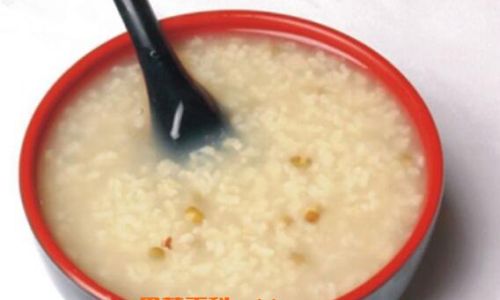
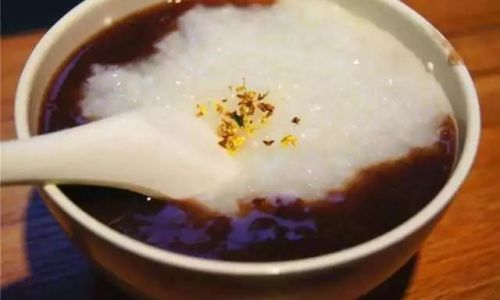
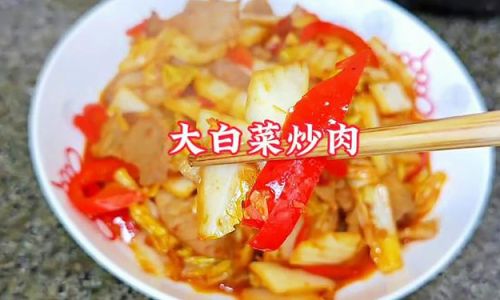
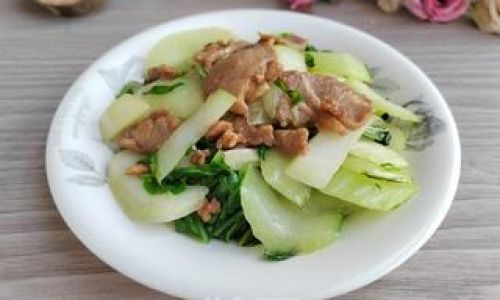
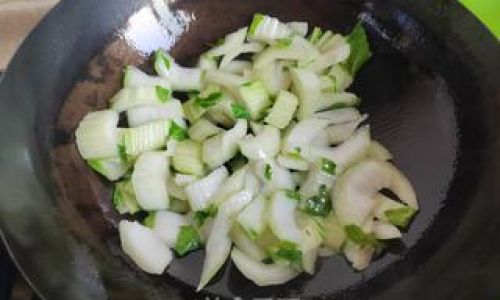
0 comments